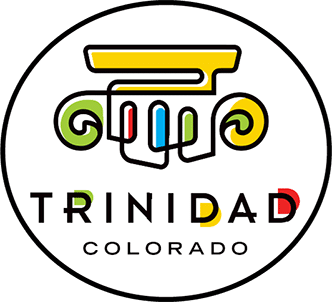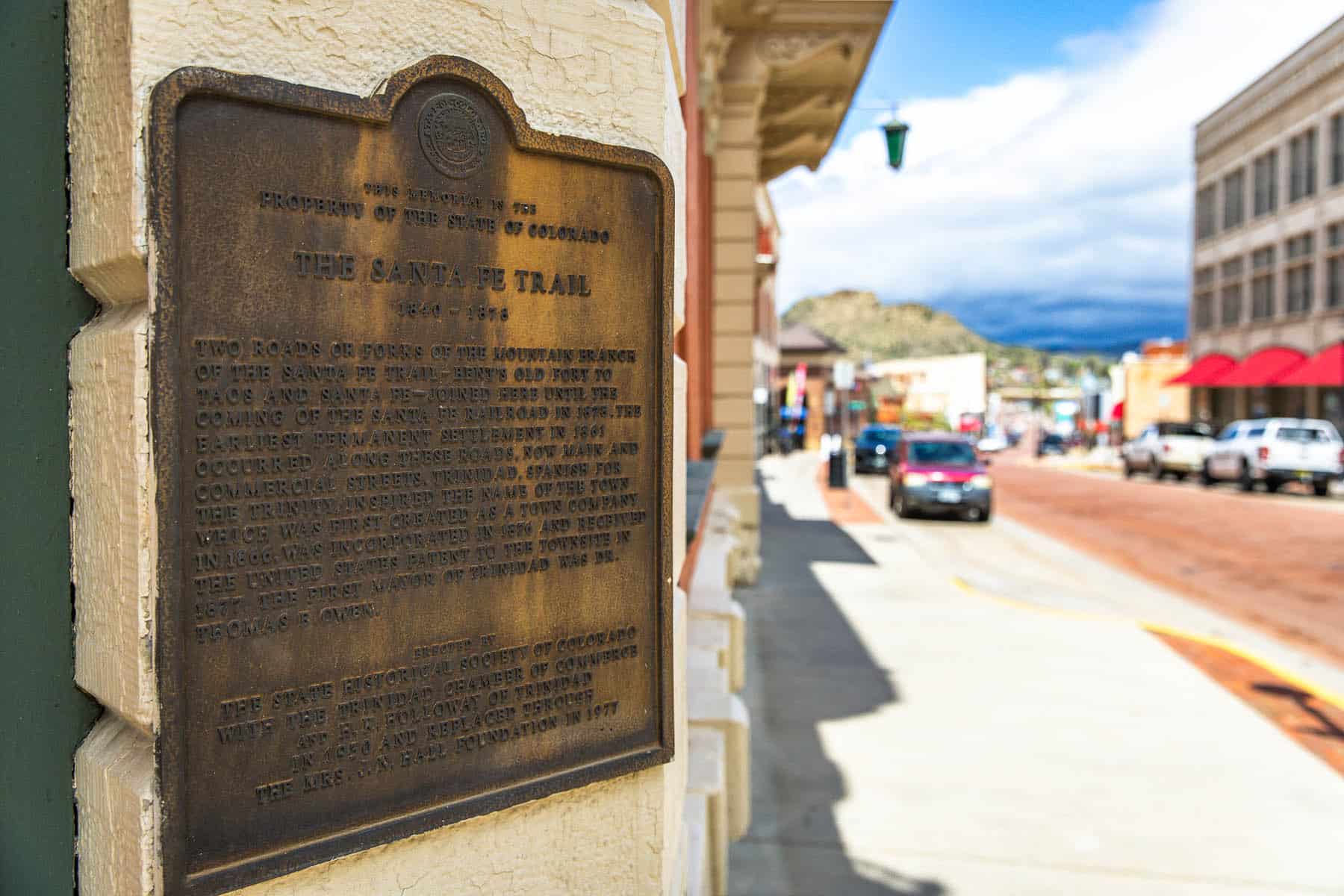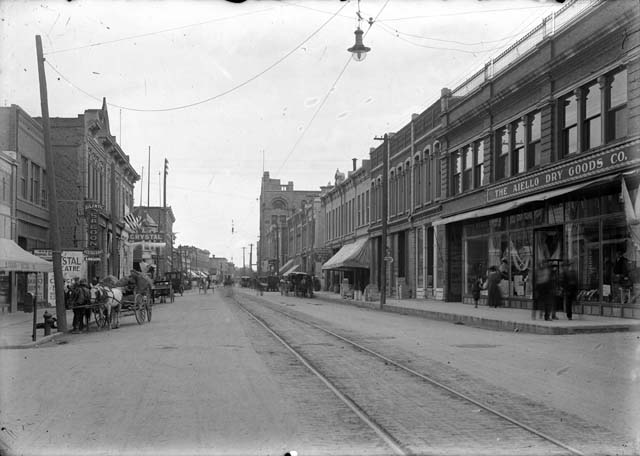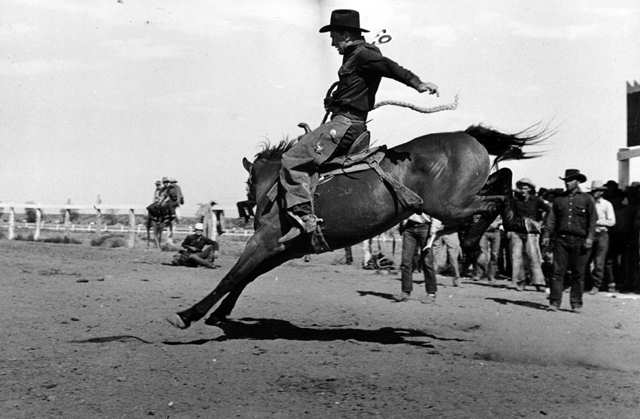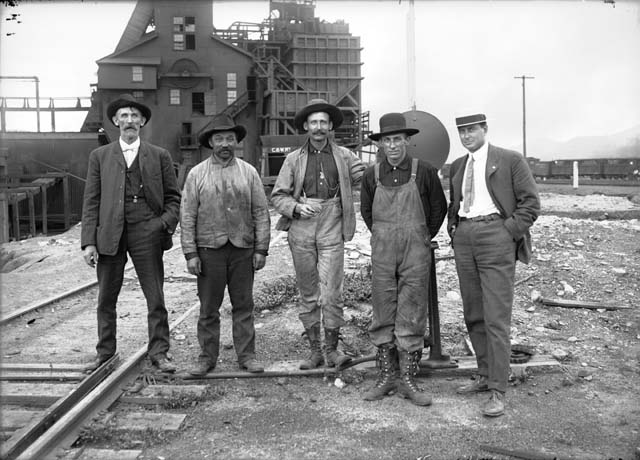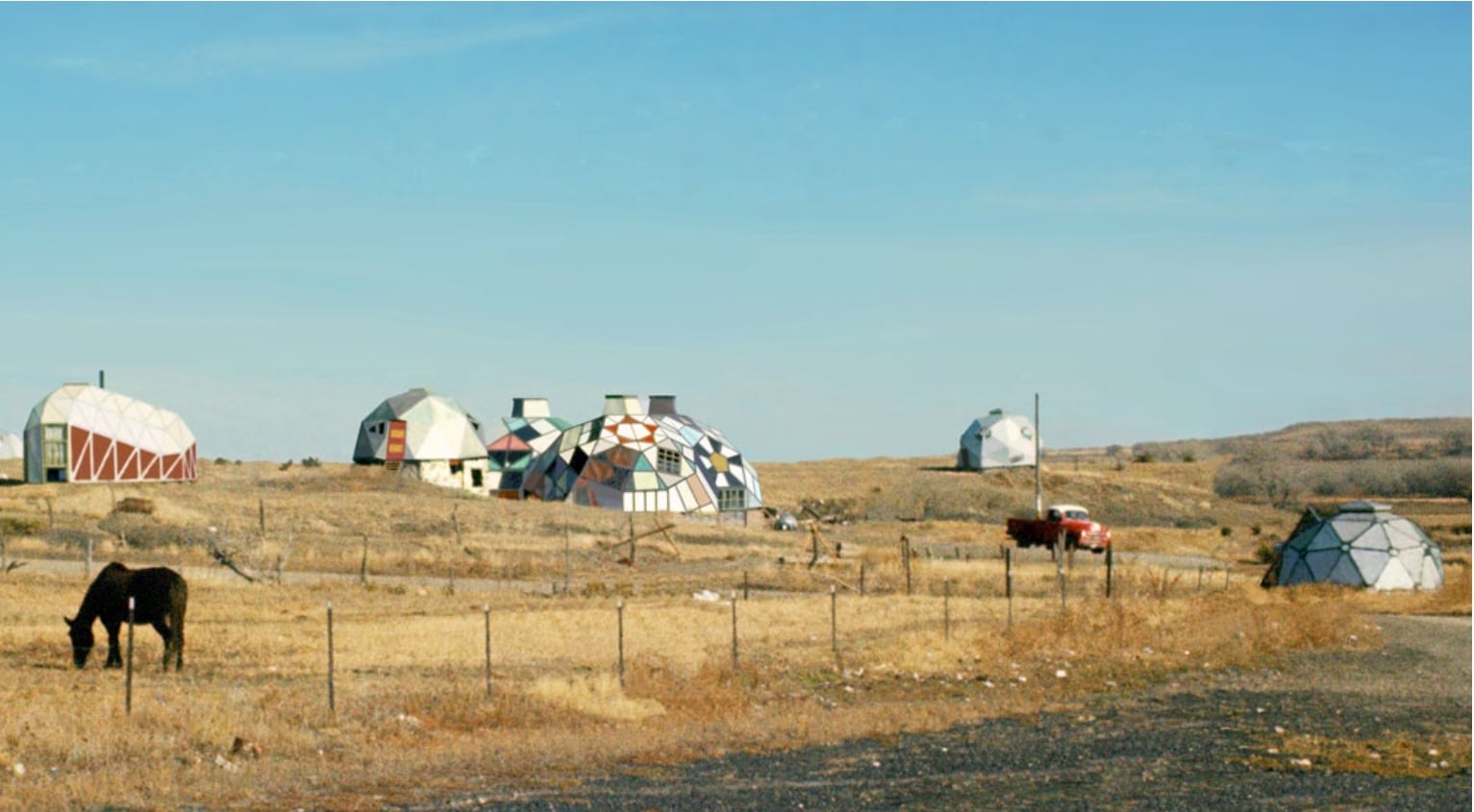Our city has undergone a series of metamorphoses over the years. Read about its most pivotal moments.
Trinidad’s Original Inhabitants
For over 10,000 years, Indigenous people lived along the cottonwood-lined valleys of the Spanish Peaks and Sangre de Cristo Mountains. The Southern Ute, Comanche, and Apache considered these mountains to be the abode of the gods. Tribes camped along the riverbank and hunted for game in the foothills.
Early Settlers
Santa Fe Trail
Between 1821 and 1880, this nearly 800-mile commercial highway connected Missouri and Santa Fe, New Mexico, with Trinidad’s stretch used to ship freight to budding Denver. In 1846, America’s Army of the West followed it to invade Mexico. After the Mexican-American War, the trail became a national route linking U.S. states to the new southwestern territories. Military supplies were hauled to supply forts, while mail, stagecoach lines, gold seekers, missionaries, and settlers also passed through. Though railroad expansion replaced the Santa Fe Trail, its remnants still run through Main Street in downtown Trinidad. The Santa Fe Trail National Scenic Byway also traces this history.
Establishing Trinidad
Trinidad and the Wild West
A City of Coal
Rising Labor Tensions
The Ludlow Massacre
On April 19, 1914, gunfire erupted between striking miners and the Colorado National Guard, raging for 14 hours. The state militia used machine guns and later set the Ludlow colony ablaze. Three miners, including organizer Louis Tikas, were captured and killed, and four women and 11 children suffocated in the flames. The event was the single deadliest event during the Colorado Coalfield War. In retaliation, bands of miners destroyed property and skirmished across the state. Order was restored by federal troops, but the massacre sparked outrage. While no concessions were made to strikers, the massacre forced labor reforms in mining towns and paved the way for the enactment of child labor laws and the eight-hour workday. Today, visit the Southern Colorado Coal Miners Memorial & Museum to learn more about the deeply entrenched impact of coal culture and these historic events.
Counterculture Central and Drop City
Sex Change Capital of the World
Themes of individuality and self-expression continued into 1969, when a social worker approached Dr. Stanley Biber, an Army surgeon in the Korean War and general practitioner in Trinidad, with a request for what was then termed “gender reassignment surgery.” After consulting medical references and a colleague in New York, Dr. Biber completed the procedure. It was the first of more than 4,000 surgeries that would transform Trinidad into a destination for individuals seeking affirming care and the chance to live authentically.
The Creative Revival
Trinidad’s creative revival is shaping a bold new chapter for the city. The downtown arts scene hums with energy from Space to Create and its hub, The Commons, where artists and performers showcase their work through art shows, workshop spaces, and open-mic nights. Guided by CREATE Trinidad, a state-certified Creative District, this movement unites makers, musicians, and visionaries in celebrating the city’s artistic spirit. New galleries and studios fill historic storefronts, while public art brightens alleys and plazas. Events, live music, and hands-on classes invite everyone to participate, fostering a community where innovation, artistry, and collaboration continue to thrive.
Explore Generations of History
Discover landmarks and sites, and learn more about the diverse cultures that created and molded Trinidad.

